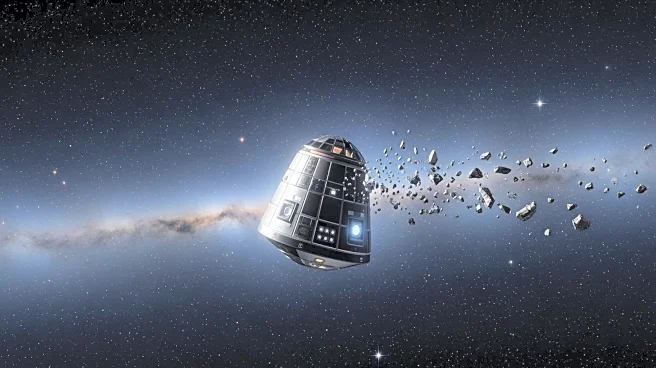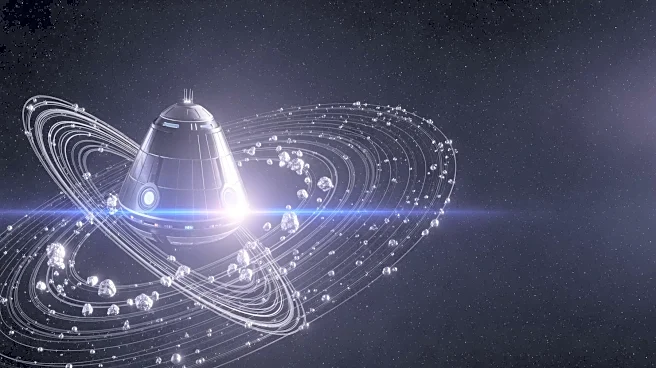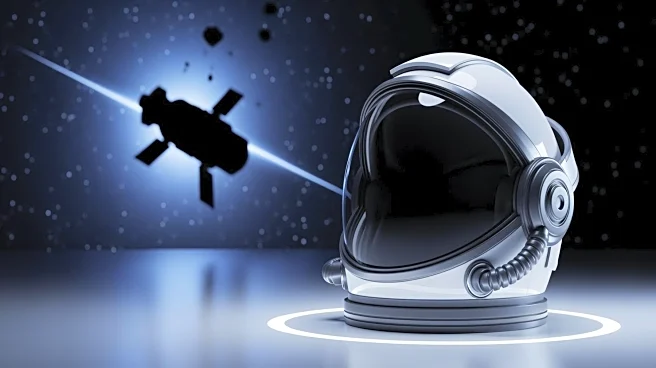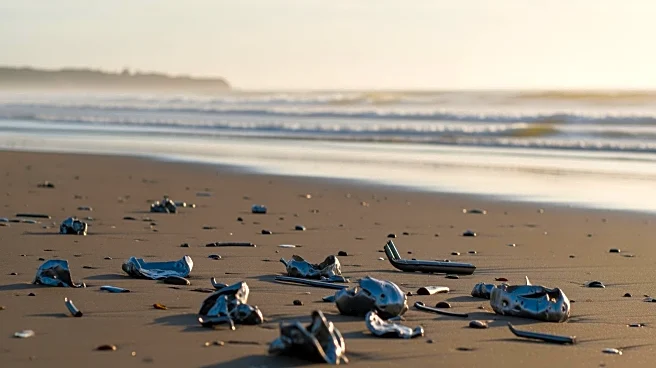What's Happening?
The China Manned Space Agency (CMSA) has postponed the return of the Shenzhou-20 crew from the Tiangong space station due to a suspected impact from space debris on the spacecraft's return capsule. The agency
is currently conducting an impact analysis and risk assessment, but has not provided a new return date. This marks the first time a return has been delayed due to space debris, although previous missions have been postponed due to weather conditions. The Shenzhou-21 spacecraft, which recently docked with Tiangong, is available to return the crew if necessary. CMSA has also announced four missions for 2026, including the Tianzhou-10 cargo mission and crewed missions Shenzhou-22 and Shenzhou-23.
Why It's Important?
The postponement highlights the growing concern over space debris and its impact on space missions. As space activities increase, the risk of debris collisions becomes more significant, potentially affecting international space operations and safety. The incident underscores the need for enhanced debris monitoring and mitigation strategies. The planned missions for 2026 indicate China's continued commitment to expanding its space capabilities, which could influence global space exploration dynamics and international collaborations.
What's Next?
CMSA will continue its impact analysis and risk assessment to determine the safety of the Shenzhou-20 return capsule. If deemed unsafe, the crew may return using the Shenzhou-21 spacecraft. The agency's future missions will likely incorporate lessons learned from this incident, potentially leading to improved debris protection measures. International space agencies may also increase collaboration on debris tracking and mitigation efforts to ensure the safety of future missions.
Beyond the Headlines
The incident raises questions about the long-term sustainability of space exploration amidst increasing debris. Ethical considerations regarding space debris management and international cooperation may become more prominent. The development of new technologies for debris removal and collision avoidance could become a priority for space agencies worldwide.











